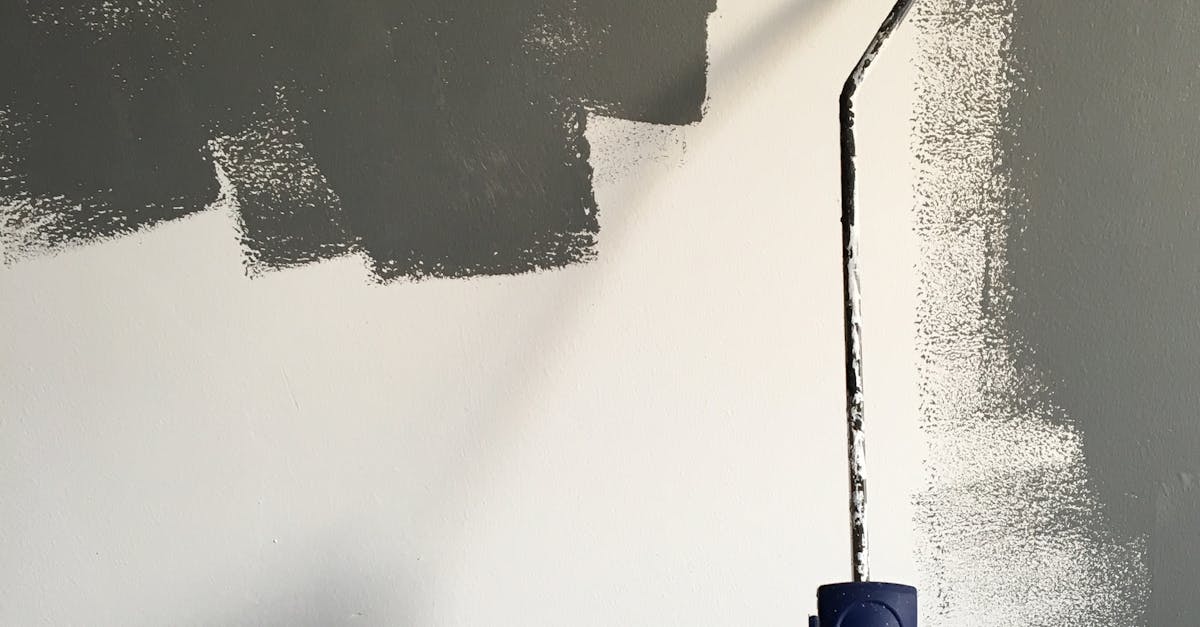
Cultural Influences on Tiling Designs
Cultural influences play a significant role in shaping the diverse designs and patterns found in tilings around the world. From intricate Moroccan mosaics to vibrant Portuguese azulejos, each culture’s unique heritage and artistic traditions are reflected in their tiling creations. These designs often showcase a blend of historical narratives, religious symbols, and regional aesthetics, providing a visual representation of the community’s identity and values. Tiling in Berkshire, for example, draws inspiration from both local English heritage and global design trends, resulting in a rich tapestry of patterns that resonate with the county’s cultural mosaic.
Moreover, the evolution of tiling designs over the centuries has been heavily influenced by exchanges between different cultures through trade, conquest, and migration. This cross-pollination of ideas has led to the development of hybrid styles that seamlessly blend elements from various traditions, creating visually stunning and culturally significant tiling patterns. As a result, contemporary tilings often reflect a melting pot of influences, showcasing the interconnectedness of the global design landscape. Tiling in Berkshire, for instance, embodies this fusion of styles, with its patterns and motifs serving as a testament to the county’s vibrant history and cosmopolitan outlook.
Traditional Tiling Patterns from Around the World
Traditional tiling patterns from various cultures around the globe provide a rich tapestry of design inspiration. From the intricate geometric motifs adorning Turkish mosques to the vibrant colours of Portuguese azulejos, each tradition reflects a unique heritage and craftsmanship. Tiling in Berkshire, for instance, showcases a blend of Victorian-era tessellations and modern interpretations, offering a glimpse into the region’s architectural evolution.
Moreover, the influence of Islamic art in tiling can be observed in the striking symmetrical patterns found in Moroccan zellige tiles. These intricate designs not only serve a decorative purpose but also carry symbolic meanings, embodying cultural narratives and spiritual beliefs. In contrast, the earthy hues and organic shapes of Native American pottery tiles speak of a deep connection to nature and the ancestral traditions that inspire contemporary interpretations worldwide.
Artistic Interpretations of Tilings
Artistic interpretations of tilings hold a significant place in the realm of creative expression. From intricate mosaics adorning ancient buildings to contemporary designs gracing modern galleries, the artistry in tilings transcends time and culture. In the picturesque town of Berkshire, England, tiling emerges as a vibrant form of artistic interpretation, blending traditional craftsmanship with innovative techniques. Tiling in Berkshire symbolises a fusion of heritage and modernity, where visual narratives unfold through an array of colours, shapes, and textures that captivate the observer’s imagination.
In the realm of artistic interpretations, tilings not only serve as decorative elements but also evoke emotions, spark contemplation, and convey cultural narratives. The marriage of geometry and creativity in tiling designs allows artists to explore intricate patterns, symmetry, and harmony in their work. Tiling in Berkshire exemplifies this marriage through its diverse range of styles, each reflecting the artist’s unique perspective and aesthetic sensibilities. Whether inspired by nature, history, or abstract concepts, tilings in Berkshire encapsulate the essence of artistry, inviting viewers to delve into a world where imagination knows no bounds.
Tiling as a Form of Visual Art
Tiling as a form of visual art has a rich history, with intricate designs and patterns adorning surfaces across cultures and time periods. The combination of colours, shapes, and layout in tiling creates a mesmerising visual effect that captures the eye and enhances the aesthetic appeal of spaces. In Berkshire, tiling is not just a practical solution for surfaces but a deliberate artistic choice that transforms interiors and exteriors into captivating works of art.
The artistic interpretation of tilings in Berkshire goes beyond mere decoration; it is a reflection of cultural influences, personal tastes, and design preferences. From geometric patterns to abstract motifs, each tiling design tells a unique story and adds a distinctive character to the environment in which it is installed. Tiling in Berkshire is not just about functionality but also serves as a means of self-expression and creativity, blending traditional craftsmanship with contemporary design sensibilities.
Geometric Considerations in Tiling Layouts
When it comes to tiling layouts, the geometric considerations play a crucial role in determining the overall aesthetic appeal and functionality of the design. Tiling in Berkshire, for instance, often incorporates geometric shapes such as squares, rectangles, triangles, and hexagons to create visually appealing patterns that can enhance the space. By carefully planning the layout based on these geometric shapes, it is possible to achieve a balanced and harmonious tiling design that complements the surrounding architecture.
Furthermore, understanding angles and proportions is essential when designing tiling layouts. By paying attention to the angles at which different tiles are placed and ensuring that the proportions are consistent throughout the design, it is possible to create a tiling layout that is visually pleasing and structurally sound. In tiling designs inspired by geometric considerations, precision and attention to detail are key to achieving a cohesive and well-crafted final result.
Understanding Angles and Proportions in Tiling
Understanding angles and proportions are crucial in achieving visually appealing and structurally sound tiling designs. In tiling, angles play a significant role in determining how tiles fit together, creating a seamless and harmonious pattern. The precise measurement of angles ensures that the tiles align correctly, preventing gaps or overlaps that can disrupt the overall aesthetic. Proportions, on the other hand, govern the relationship between tile sizes and the overall layout, influencing the symmetry and balance of the tiling design.
When considering tiling in Berkshire, attention to angles and proportions becomes paramount in preserving the elegance and sophistication of traditional or contemporary tiling styles. The careful calculation of angles can enhance the interplay of light and shadow on the tiled surface, adding depth and dimension to the overall visual impact. Similarly, the proportionate arrangement of tiles can create a sense of continuity and fluidity, guiding the viewer’s eye across the tiled surface with a sense of cohesion and rhythm.
FAQS
What are tilings?
Tilings refer to the process or art of covering a surface with tiles in a decorative pattern or design.
How have cultural influences impacted tiling designs?
Cultural influences have played a significant role in shaping tiling designs, with each culture bringing its unique patterns and motifs to the art of tiling.
Can you provide examples of traditional tiling patterns from around the world?
Traditional tiling patterns from around the world include Moroccan zellige, Spanish azulejos, and Turkish İznik tiles, each known for their distinct styles and craftsmanship.
How do artists interpret tilings in their work?
Artists often use tilings as a form of visual art, creating intricate and mesmerising designs that showcase their creativity and skill in working with patterns and shapes.
What geometric considerations are important in tiling layouts?
Geometric considerations play a crucial role in tiling layouts, with understanding angles and proportions being key factors in creating visually appealing and structurally sound tile arrangements.



